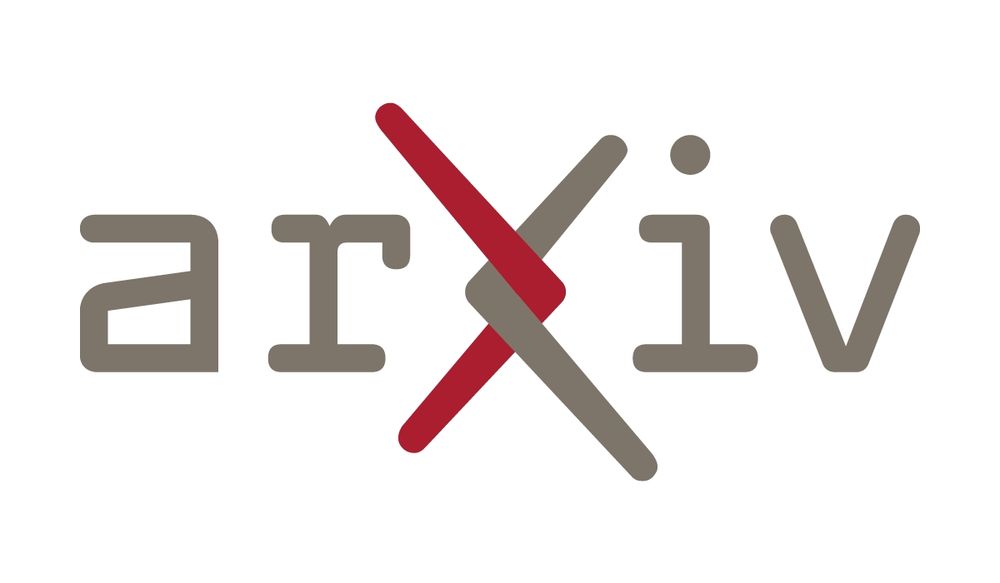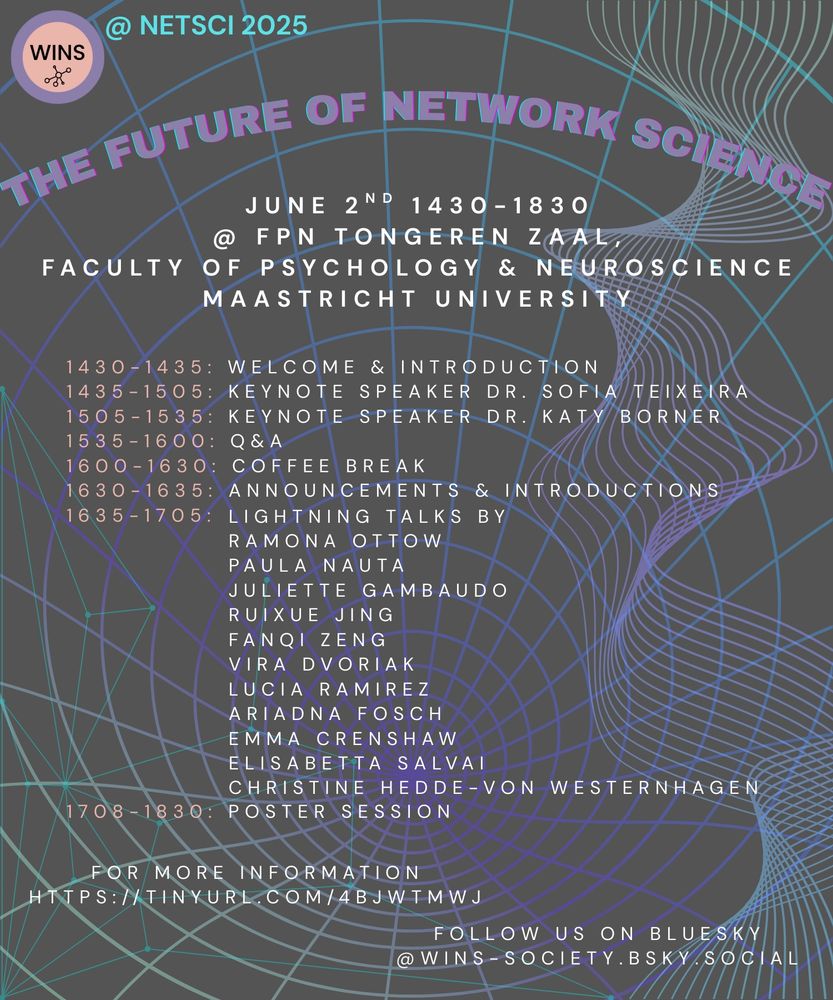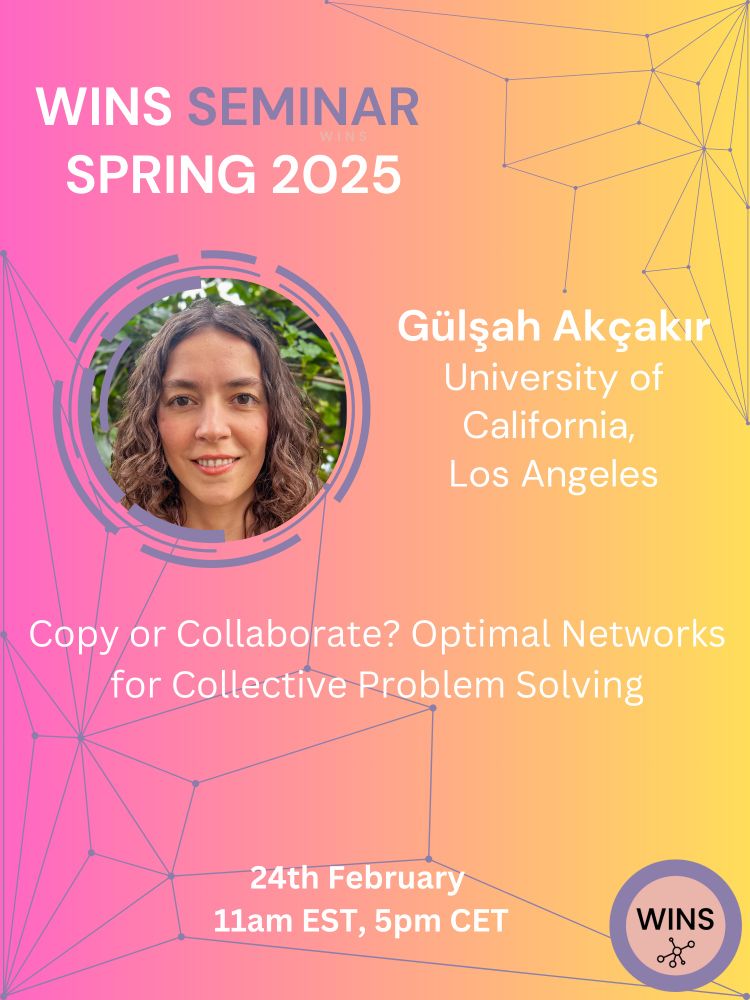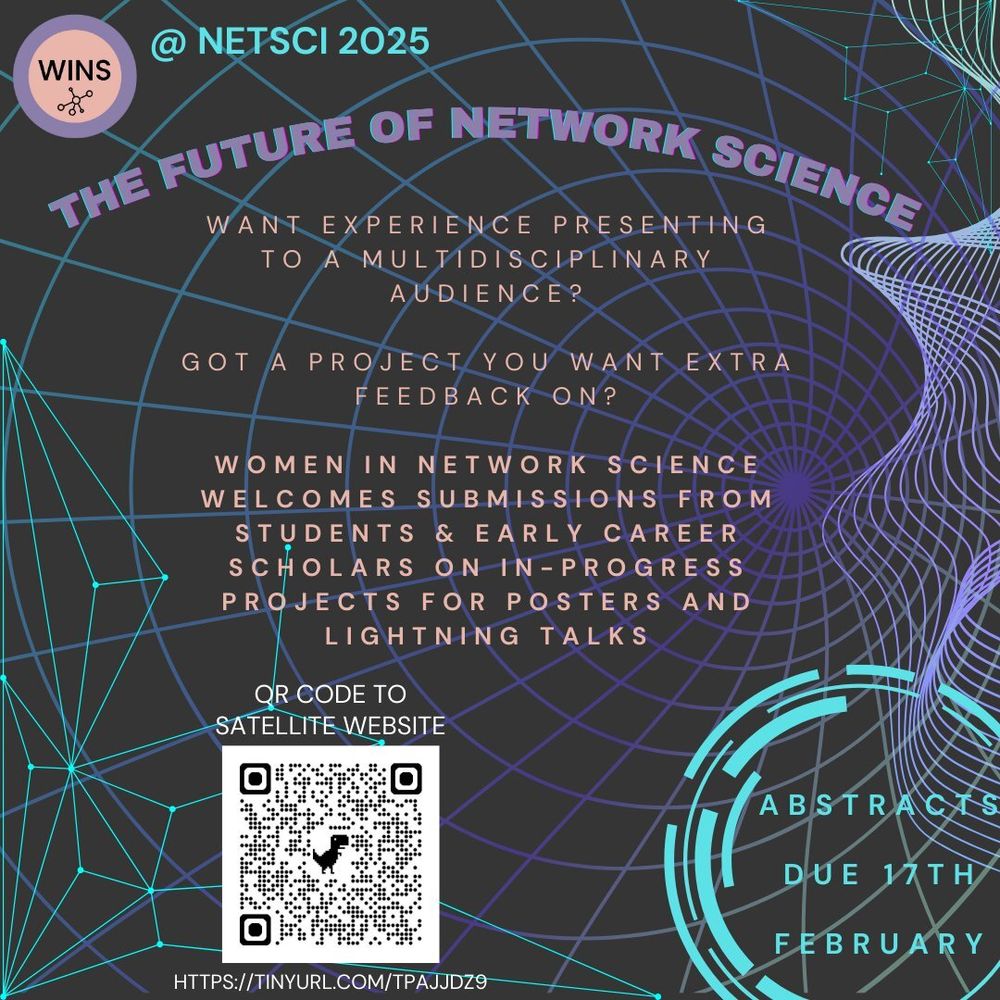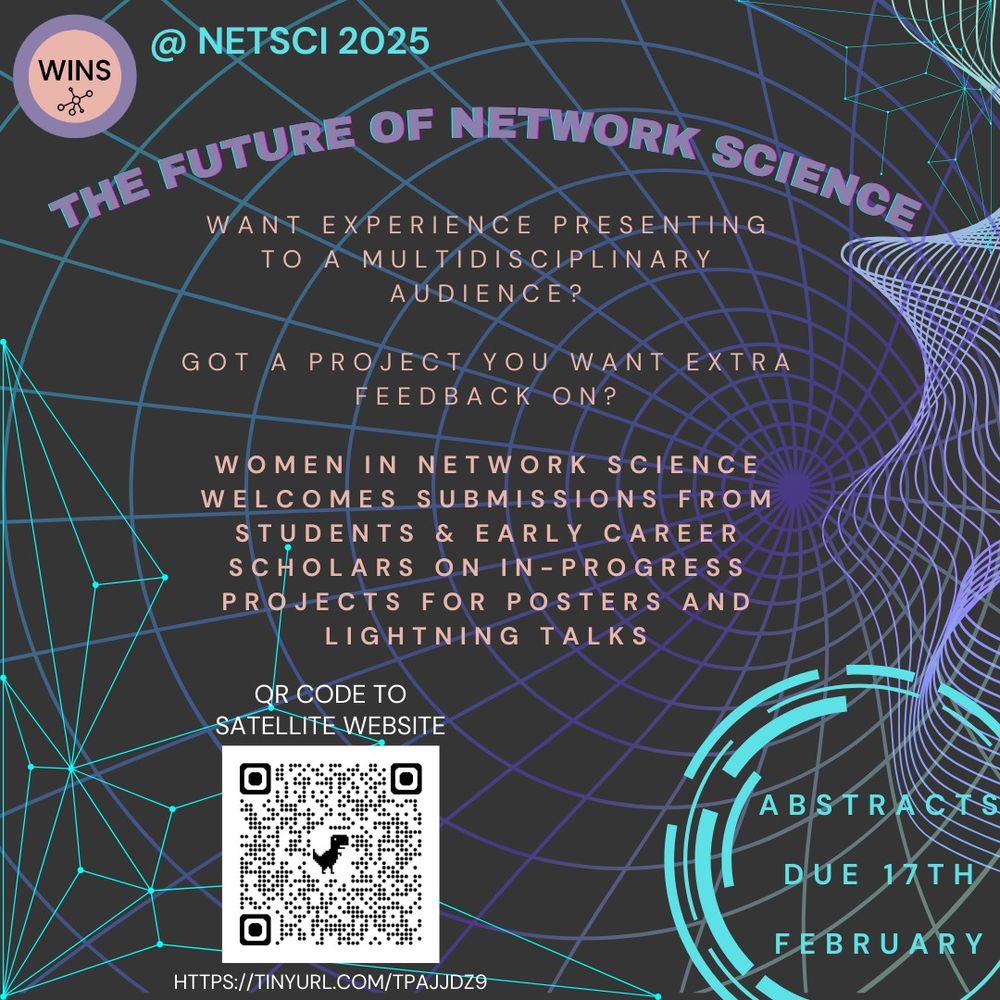Lena Mangold
@lenamangold.bsky.social
100 followers
57 following
21 posts
Complex networks and computational social science.
Postdoc at @invcomplexity.skewed.de (IT:U Austria) - formerly at @cams.ehess.fr (CNRS & EHESS).
Once data scientist at UK Labour & Datasketch (Bogota).
https://lenafm.github.io/
Posts
Media
Videos
Starter Packs
Reposted by Lena Mangold
Reposted by Lena Mangold
Lena Mangold
@lenamangold.bsky.social
· Feb 10
Reposted by Lena Mangold
Lena Mangold
@lenamangold.bsky.social
· Nov 19
Lena Mangold
@lenamangold.bsky.social
· Nov 19
Lena Mangold
@lenamangold.bsky.social
· Nov 19
Lena Mangold
@lenamangold.bsky.social
· Nov 19
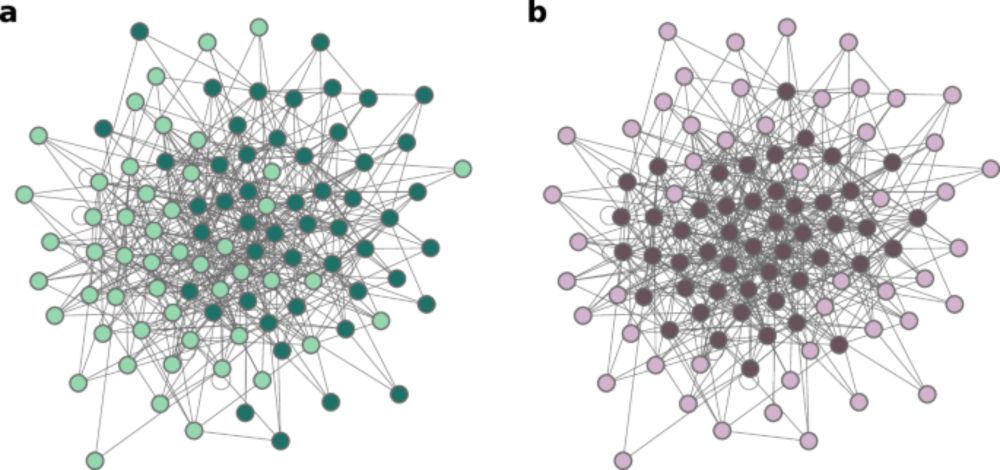
Quantifying metadata relevance to network block structure using description length - Communications Physics
Network data often includes categorical node attributes whose relevance to the network’s structure is often unknown. Here the authors propose the metablox (metadata block structure exploration) tool, ...
www.nature.com
Reposted by Lena Mangold
Lena Mangold
@lenamangold.bsky.social
· Nov 21
Lena Mangold
@lenamangold.bsky.social
· Nov 21
Lena Mangold
@lenamangold.bsky.social
· Nov 21
Lena Mangold
@lenamangold.bsky.social
· Nov 21
Lena Mangold
@lenamangold.bsky.social
· Nov 21
Lena Mangold
@lenamangold.bsky.social
· Nov 21
Generative models for two-ground-truth partitions in networks
A myriad of approaches have been proposed to characterize the mesoscale structure of networks most often as a partition based on patterns variously called communities, blocks, or clusters. Clearly, di...
journals.aps.org
Lena Mangold
@lenamangold.bsky.social
· Nov 20
Lena Mangold
@lenamangold.bsky.social
· Nov 20
Lena Mangold
@lenamangold.bsky.social
· Nov 20





